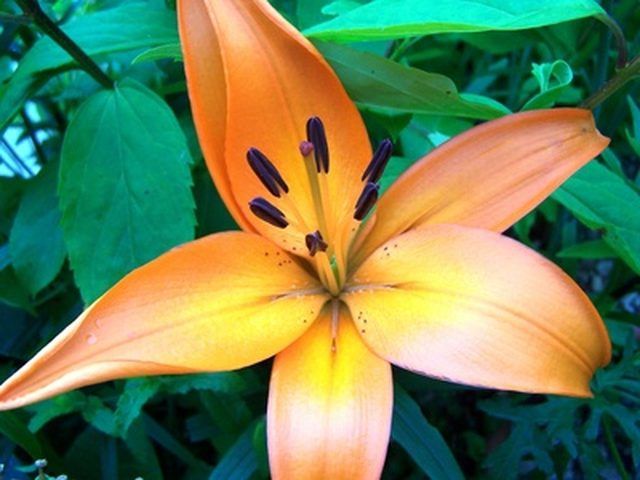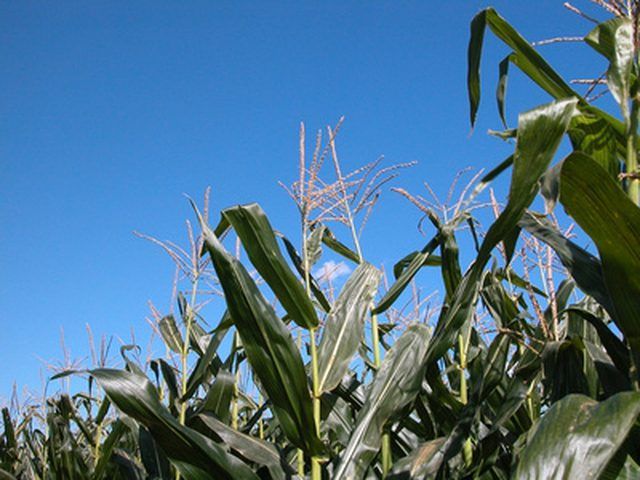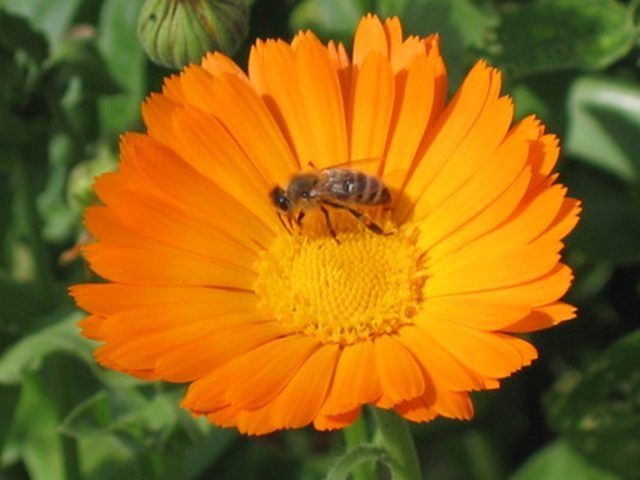Bulbs
Flower Basics
Flower Beds & Specialty Gardens
Flower Garden
Garden Furniture
Garden Gnomes
Garden Seeds
Garden Sheds
Garden Statues
Garden Tools & Supplies
Gardening Basics
Green & Organic
Groundcovers & Vines
Growing Annuals
Growing Basil
Growing Beans
Growing Berries
Growing Blueberries
Growing Cactus
Growing Corn
Growing Cotton
Growing Edibles
Growing Flowers
Growing Garlic
Growing Grapes
Growing Grass
Growing Herbs
Growing Jasmine
Growing Mint
Growing Mushrooms
Orchids
Growing Peanuts
Growing Perennials
Growing Plants
Growing Rosemary
Growing Roses
Growing Strawberries
Growing Sunflowers
Growing Thyme
Growing Tomatoes
Growing Tulips
Growing Vegetables
Herb Basics
Herb Garden
Indoor Growing
Landscaping Basics
Landscaping Patios
Landscaping Plants
Landscaping Shrubs
Landscaping Trees
Landscaping Walks & Pathways
Lawn Basics
Lawn Maintenance
Lawn Mowers
Lawn Ornaments
Lawn Planting
Lawn Tools
Outdoor Growing
Overall Landscape Planning
Pests, Weeds & Problems
Plant Basics
Rock Garden
Rose Garden
Shrubs
Soil
Specialty Gardens
Trees
Vegetable Garden
Yard Maintenance
How Does a Pollen Grain Get to the Stigma of a Pistil?
How Does a Pollen Grain Get to the Stigma of a Pistil?. Pollination is the process by which pollen is transported from the anthers to the stigma of a flower or plant. Some plants have the ability to self-pollinate as pollen falls off of the anther and lands on the stigma. Most plants benefit from cross-pollination. In nature cross-pollination...

Pollination is the process by which pollen is transported from the anthers to the stigma of a flower or plant. Some plants have the ability to self-pollinate as pollen falls off of the anther and lands on the stigma. Most plants benefit from cross-pollination. In nature cross-pollination generally occurs by wind and animals.
Wind
Some plants produce lightweight pollen which enables the wind to carry pollen grains from one plant to the next. The sticky surface of the stigma traps the pollen. Farmers will generally facilitate wind pollination by planting crops, such as corn, close together.

Animals
Birds and insects play a vital role in pollination. The deliberate colors and fragrances of some flowers attract pollinators with the promise of food. A familiar example of a pollinator is the bee who travels from flower to flower feeding on nectar and pollen. While the bee is feeding pollen sticks to the bee and gets carried to the next flower. This method of pollination increases the variation within a plant species and improves it chances for survival.

Attracting Pollinators
While most flowers rely on petal color and fragrances to successfully lure birds and insects, other flowers use mimicry to attract animals. An example of this is an Australian orchid, Chiloglottis trapeziformis, which releases the scent of a female wasp. The male wasp unknowingly carries pollen from flower to flower as he searches for a mate.